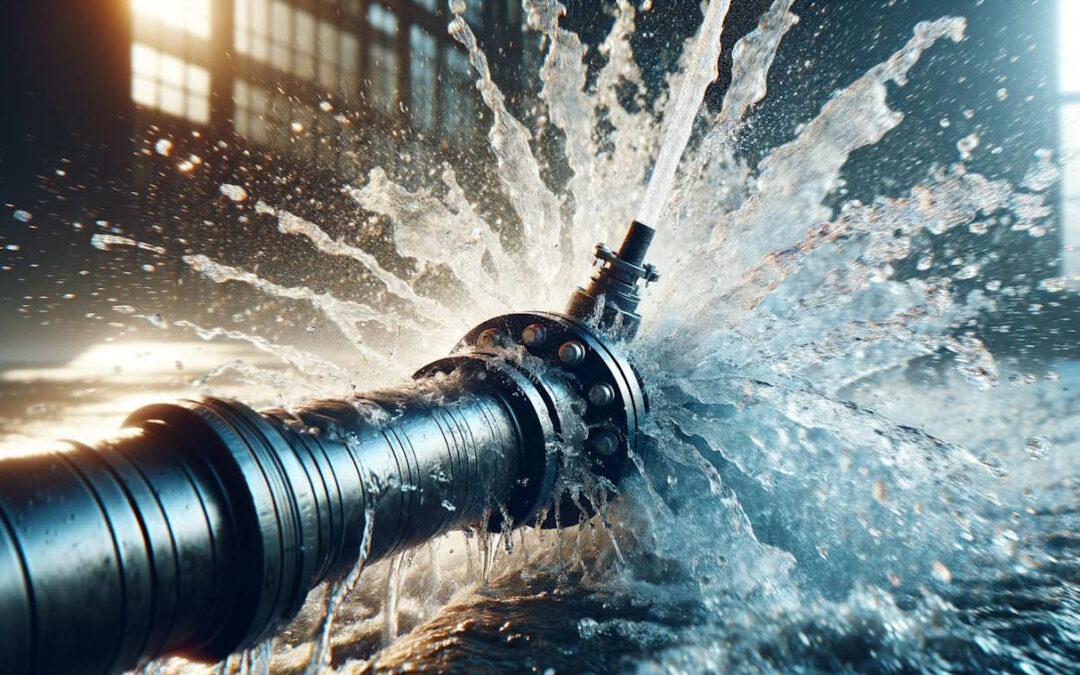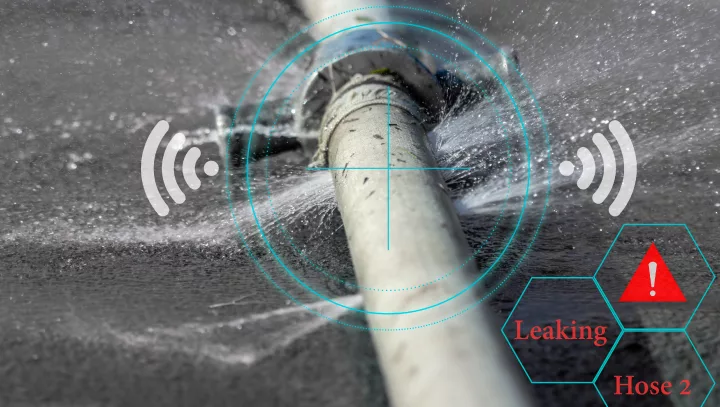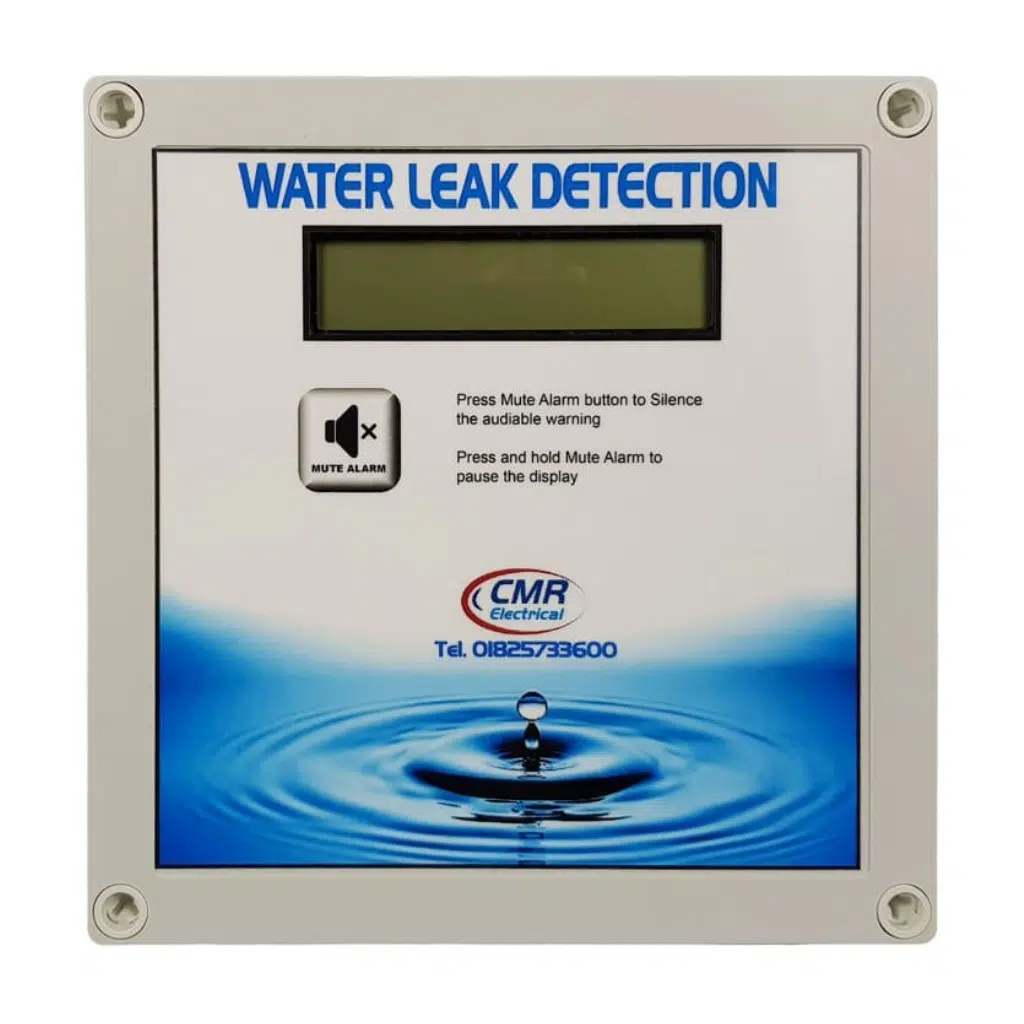Cutting-edge Solutions for Early Detection of Water Leaks in Structures and Framework
From innovative leakage discovery innovations to the implementation of IoT sensing units for real-time surveillance, the landscape of leakage avoidance is evolving rapidly. Automated water flow evaluation systems are reshaping just how leakages are recognized and resolved, paving the way for an aggressive strategy to water leakage discovery.
Advanced Leakage Discovery Technologies
Advanced leak detection technologies, outfitted with sophisticated sensing units and algorithms, play a vital function in swiftly recognizing and identifying water leaks in numerous setups. These technologies use a mix of acoustic, thermal, and electromagnetic sensing techniques to discover leaks properly. Acoustic sensors find the noise of running away water, enabling exact localization of the leak resource. Thermal imaging discovers temperature changes brought on by water leak, supplying one more effective technique for leak recognition. Electro-magnetic sensing units can determine changes in electromagnetic fields created by water, using yet another layer of leakage detection ability.

IoT Sensors for Real-Time Surveillance
In the realm of contemporary water leakage discovery, the integration of IoT sensors for real-time tracking stands for an essential improvement in boosting aggressive leak discovery capabilities. These sensors provide constant tracking of water supply, providing real-time information on water flow rates, pressure variations, and temperature modifications. By leveraging IoT modern technology, these sensing units can detect even the tiniest abnormalities in water use patterns, enabling early identification of potential leakages prior to they rise right into major problems.
IoT sensors transfer data to a central system, where advanced algorithms analyze the information and generate alerts or alerts when abnormalities are detected. This real-time surveillance capacity permits homeowner or center supervisors to immediately attend to leaks, reducing water damage, reducing fixing prices, and saving water resources.
Furthermore, IoT sensing units can be incorporated with structure administration systems, enabling automated feedbacks to identified leakages, such as turning off water shutoffs or triggering pumps to reduce the impact of leakages. In general, the implementation of IoT sensing units for real-time tracking considerably enhances the effectiveness and effectiveness of water leakage detection in buildings and facilities.
Device Learning Algorithms for Leakage Prediction

One trick benefit of utilizing device learning for leakage forecast is its capability to continuously find out and enhance its accuracy dig this over time. As even more data is collected and fed right into the algorithm, hop over to here it can refine its forecasts and adjust to changing problems, eventually enhancing the reliability of leakage discovery systems.
Furthermore, machine understanding algorithms can aid in recognizing subtle signs of leakages that may go undetected by conventional surveillance techniques. water leak detection. By assessing complicated information embed in real-time, these algorithms can offer early cautions and alerts, enabling punctual treatment and preventative upkeep to reduce potential water damages and associated prices
Utilizing Thermal Imaging for Leak Discovery
Thermal imaging modern technology supplies a promising method for discovering water leakages in different systems and infrastructures. By utilizing infrared radiation and temperature level differences, thermal imaging video cameras can determine concealed leakages that are not quickly noticeable to the nude eye.
One of the key benefits of thermal imaging for leak detection is its non-intrusive nature. On the whole, the usage of thermal imaging technology boosts the effectiveness and accuracy of water leak detection, making it a valuable device for maintaining the honesty of buildings and infrastructures.
Automated Water Circulation Analysis Equipments
Exactly how can automatic water flow evaluation systems change the detection and management of leakages in various systems and facilities? Automated water circulation evaluation systems provide an aggressive try this web-site strategy to leakage discovery by continuously checking water circulation rates and patterns. By developing baseline information, these systems can quickly determine deviations that might show a leak, making it possible for prompt treatment to stop comprehensive damages.
These systems make use of sophisticated formulas to analyze real-time data and give immediate signals when anomalies are identified, allowing for speedy activity to be taken. In addition, automated water circulation analysis systems can be integrated with building monitoring systems or IoT systems, enhancing general effectiveness and making it possible for remote monitoring abilities.
Additionally, the information accumulated by these systems can be made use of for anticipating upkeep objectives, aiding to recognize possible powerlessness in the facilities prior to leaks occur. In general, the application of automatic water flow evaluation systems can significantly improve leakage discovery and monitoring methods, eventually resulting in cost savings, lowered water wastefulness, and raised sustainability in structures and facilities.

Verdict
To conclude, the combination of sophisticated leakage discovery modern technologies, IoT sensing units, artificial intelligence formulas, thermal imaging, and computerized water flow analysis systems provides ingenious options for very early detection of water leaks in structures and facilities. These innovations make it possible for real-time surveillance, forecast of leakages, and reliable detection methods to avoid water damage and wastage. Implementing these services can assist in preserving the stability and sustainability of water systems in various settings.